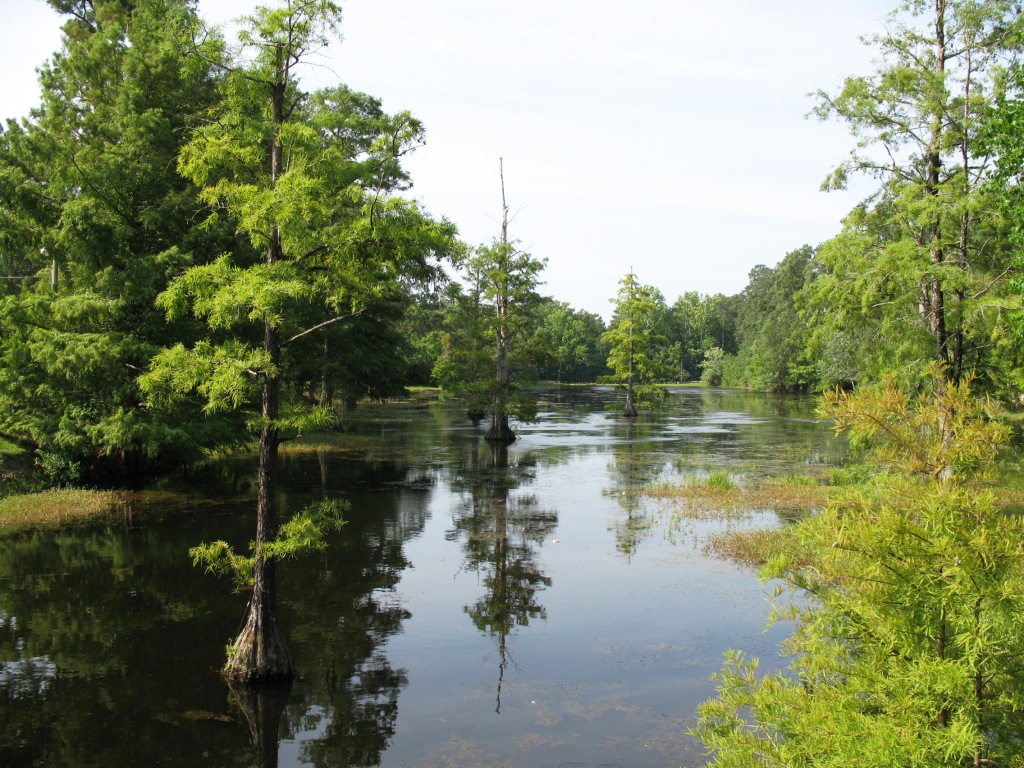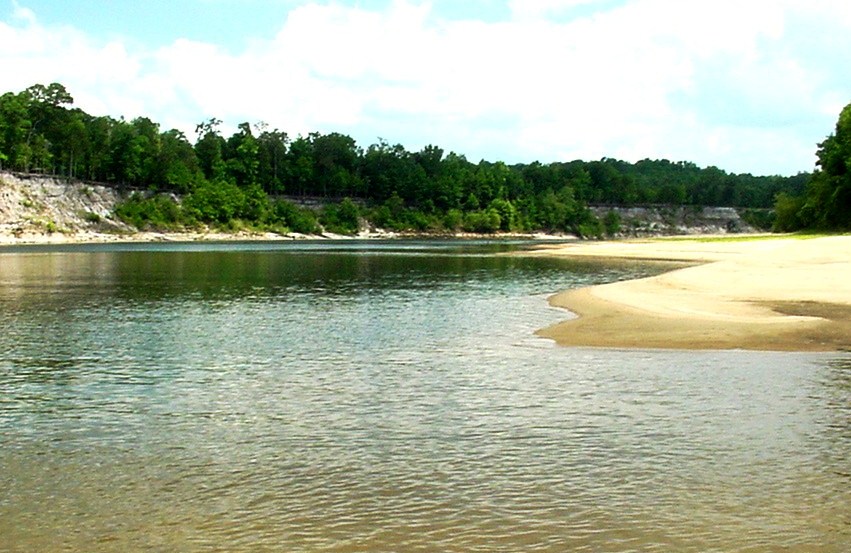
No matter our distance from a lake, wetland, river, or coastline, we all live within the boundaries of a watershed – photo by Judy Ludlow
No matter our distance from a lake, wetland, river, or coastline, we all live within the boundaries of a watershed. In fact, all land on earth is part of a watershed and all habitats exist within a watershed boundary. The size of watersheds can vary from a few square feet to millions of acres. It is important to realize our location is always within a watershed. All domestic, agricultural, horticultural, or industrial activities that occur in a specific watershed will impact surrounding water quality and quantity.
The United States Environmental Protection Agency defines a watershed as “an area of land where all of the water that is under it or drains off of it goes to a common waterway, such as a stream, lake, estuary, wetland, aquifer, or even the ocean.” Think of a watershed as a bowl or basin formed by the elevation of surrounding terrain. Gravity moves rainwater, surface water, and groundwater down the basin to its lowest point ending in a body of water.

Being aware of your actions within the watershed is important to the long term water quality and quantity of your favorite panhandle Florida lake, river, or spring run – photo by Judy Ludlow
With that description in mind (water moving to the lowest point), think about the daily activities within your watershed. Watersheds contain houses, cars, businesses, natural areas, timber lands, agriculture, gardens, golf courses, shopping malls, pavement, septic systems, factories etc. So no matter where we are within our watershed, whatever falls to the ground (wash water, chemicals, fertilizers, fuels, oils, wastes, etc.) within that watershed will flow “downhill” to the water system that drains it. You may think the accidentally spilled motor oil may never reach the nearest lake, but it will impact the surface water and/or ground water as it moves downhill through the watershed. You may also think one isolated spill is insignificant. Keep in mind however; the more densely populated a watershed is, the greater the frequency and volume of impacts to surface and ground water will be.
Whether you are a business or individual, becoming aware of your watershed “address” is a novel way to view your essential connection to your water resources. Becoming aware, also, of your actions within the watershed, is important to the long term water quality and quantity of your favorite Panhandle lake, river, or spring run.
For more information about locating your watershed “address” and about watershed management please see the following resources.
Watersheds – Functions and Management
Watersheds of Florida: Understanding a Watershed Approach to Water Management
- Maintaining Dissolved Oxygen Levels in Your Pond to Reduce Fish Kills - November 9, 2018
- A Look at Some of Our Colorful and Intriguing Native Bees - September 14, 2018
- Grass Carp – A Biological Control “Tool” to Manage Invasive Aquatic Plants - March 18, 2018
